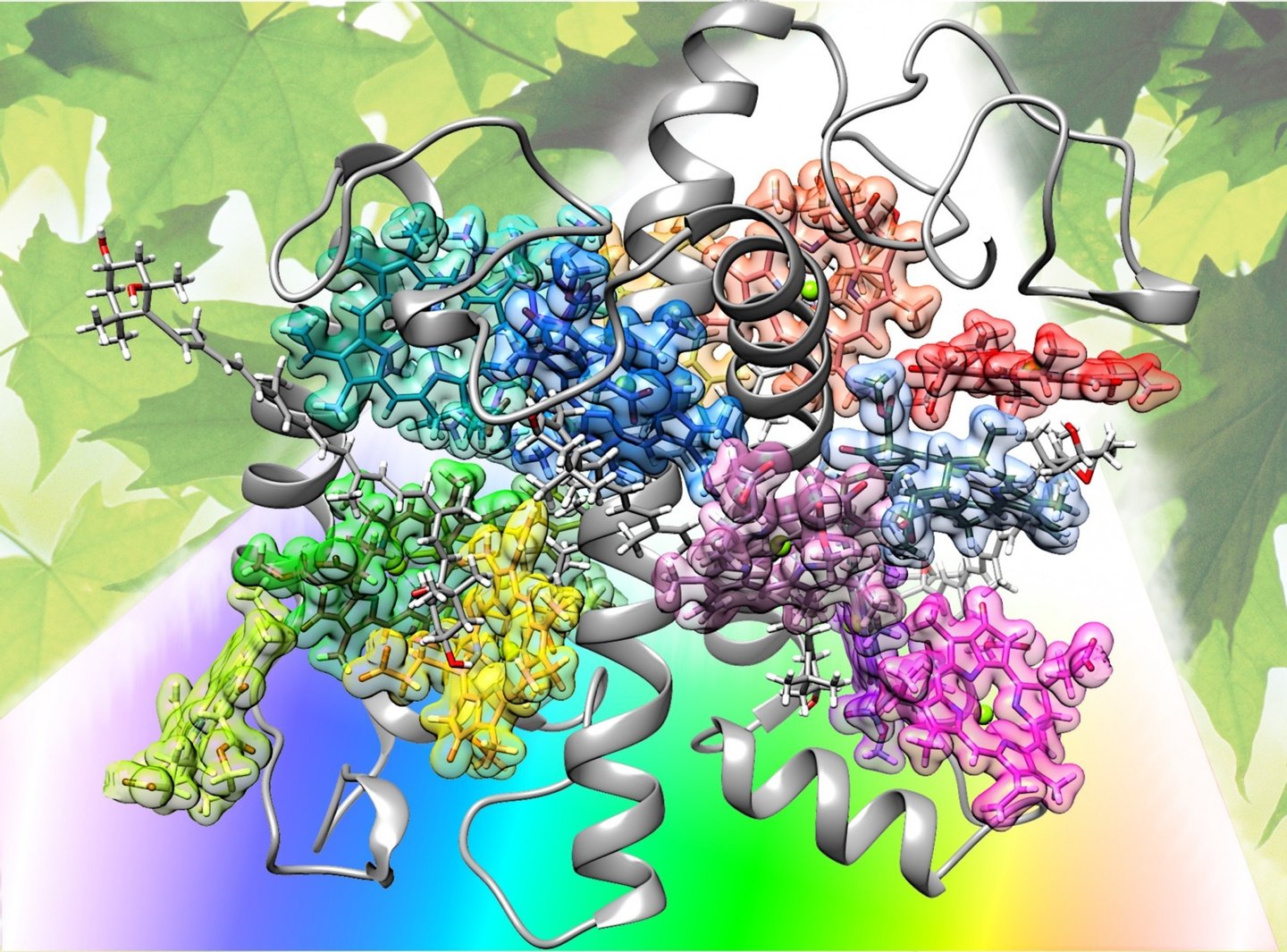A pioneering research on the process of photosynthesis in plants, developed by an international team of scientists concluded that nature is able to capture and use solar energy “much better than current photovoltaic panels.”
The group of researchers, including experts from the Department of Coimbra Physics, “was able to simulate the light-gathering process of the gigantic structure of molecules – the ‘antenna’ known as ‘Light-Harvesting Complex II’ – involved in the first step Photosynthesis in plants, “announced Tuesday the University of Coimbra (UC).
This was the first time it has been studied” all huge structure (about 18,000 atoms) “of what you can “call” the photosynthesis of the machine’s starter, using exclusively to quantum mechanics “, underlines the UC, in a press release.
The results are important to” understand how nature solves the problem of taking and using the sun’s energy, “says Fernando Nogueira, computational physics expert and coordinator of the Portuguese team involved in the study.

Capture and use of solar energy by plants is made of “an extraordinarily efficient” and “much better than current photovoltaic panels,” says Fernando Nogueira, cited by UC.
Researchers have identified, “through a unprecedented calculation, who does what in this giant and intricate kind of chlorophylls network. “
One chlorophyll molecule has” the lead role in photosystem structure, “adds the expert of UC, noting that all other molecules “act as ‘antennas’ energy harvesting, transferring it immediately to the central molecule, which is where we give the following steps of the process.”
The way he handles energy transfer to the center of the reaction is still a puzzle and the next step of the research is to understand “how these ‘antennas’ transmitting power to the central molecule”, said Fernando Nogueira, noting that, in this work, was taken “an enormous amount of information, it is necessary to disentangle”.
The results of this study, which involved five years of “complex studies and over 30 million hours of calculation in European supercomputers” are already published online and will headline the theme of an upcoming issue of Physical Chemistry Chemical Physics (PCCP).
Continue reading
No comments:
Post a Comment